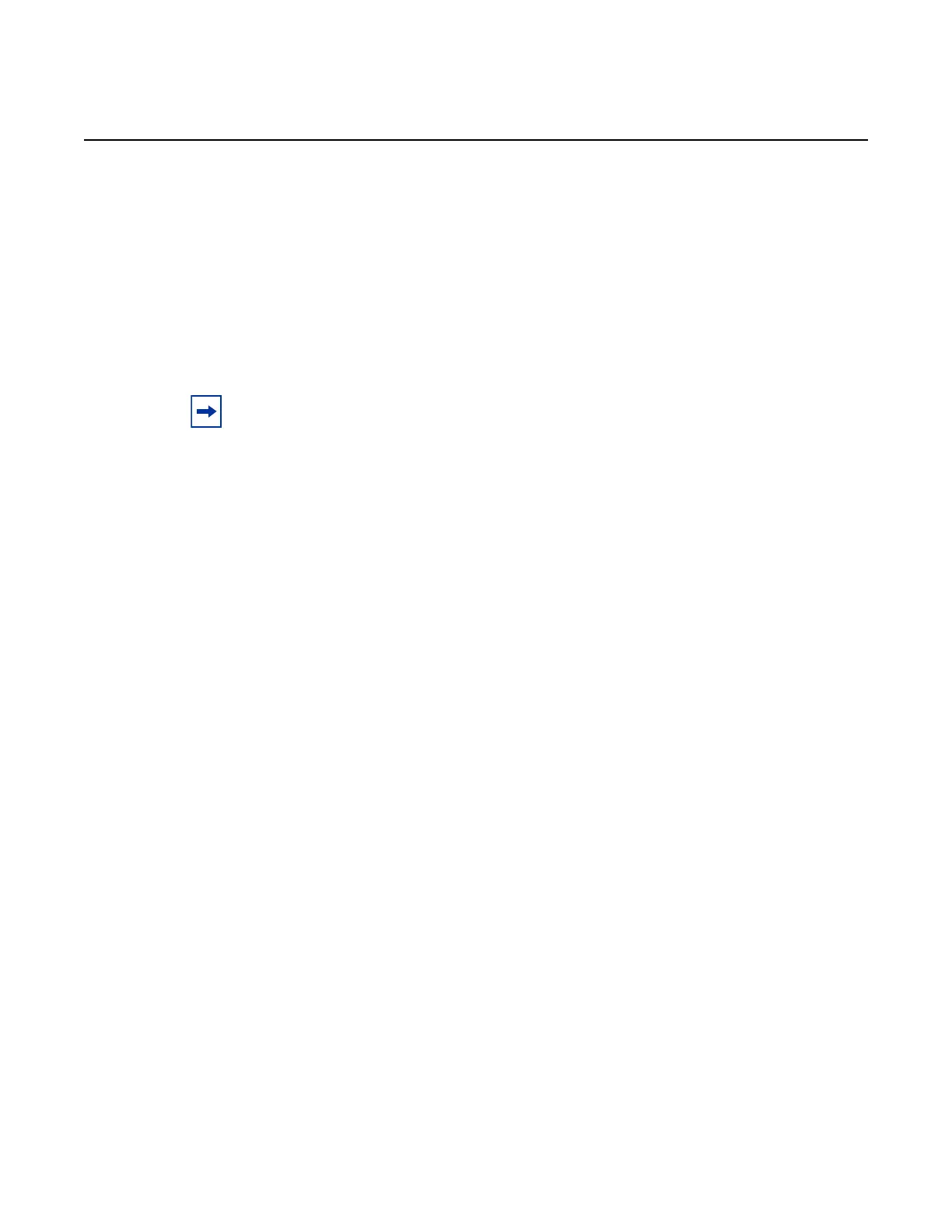QoS and QoS Policies
158
Quality of Service Guide
3HE 11014 AAAC TQZZA Edition: 01
3.7.10 Shaper Policies
Shaper policies define dual-rate shaper parameters that control access or network
traffic by providing tier-3 aggregate shaping to:
• shaped and unshaped SAP traffic for access ingress flows
• shaped and unshaped SAP traffic for access egress flows
• shaped and unshaped VLAN traffic for network egress flows
See Per-SAP Aggregate Shapers (H-QoS) On Gen-2 Hardware and Per-VLAN
Network Egress Shapers for details on per-SAP and per-VLAN shapers.
3.7.11 QoS Policy Entities
Services are configured with default QoS policies. Additional policies must be
explicitly created and associated. There is one default service ingress QoS policy,
one default service egress QoS policy, and one default network QoS policy. Only one
ingress QoS policy and one egress QoS policy can be applied to a SAP or network
port.
When you create a new QoS policy, default values are provided for most parameters
with the exception of the policy ID and queue ID values, descriptions, and the default
action queue assignment. Each policy has a scope, default action, a description, and
at least one queue. The queue is associated with a forwarding class.
All QoS policy parameters can be configured in the CLI. QoS policies can be applied
to the following service types:
• Epipe — both ingress and egress policies are supported on an Epipe SAP
• Apipe — both ingress and egress policies are supported on an Apipe SAP
• Cpipe — only ingress policies are supported on a Cpipe SAP
• Fpipe — both ingress and egress policies are supported on an Fpipe SAP
• Hpipe — both ingress and egress policies are supported on an Hpipe SAP
• Ipipe — both ingress and egress policies are supported on an Ipipe SAP
Note: For network egress traffic on a non-hybrid Gen-3 port, the CIR value of the shaper
group is ignored because of the behavior of the 4-priority scheduler on Gen-3 hardware at
network egress. For more information, see QoS for Gen-3 Adapter Cards and Platforms.

